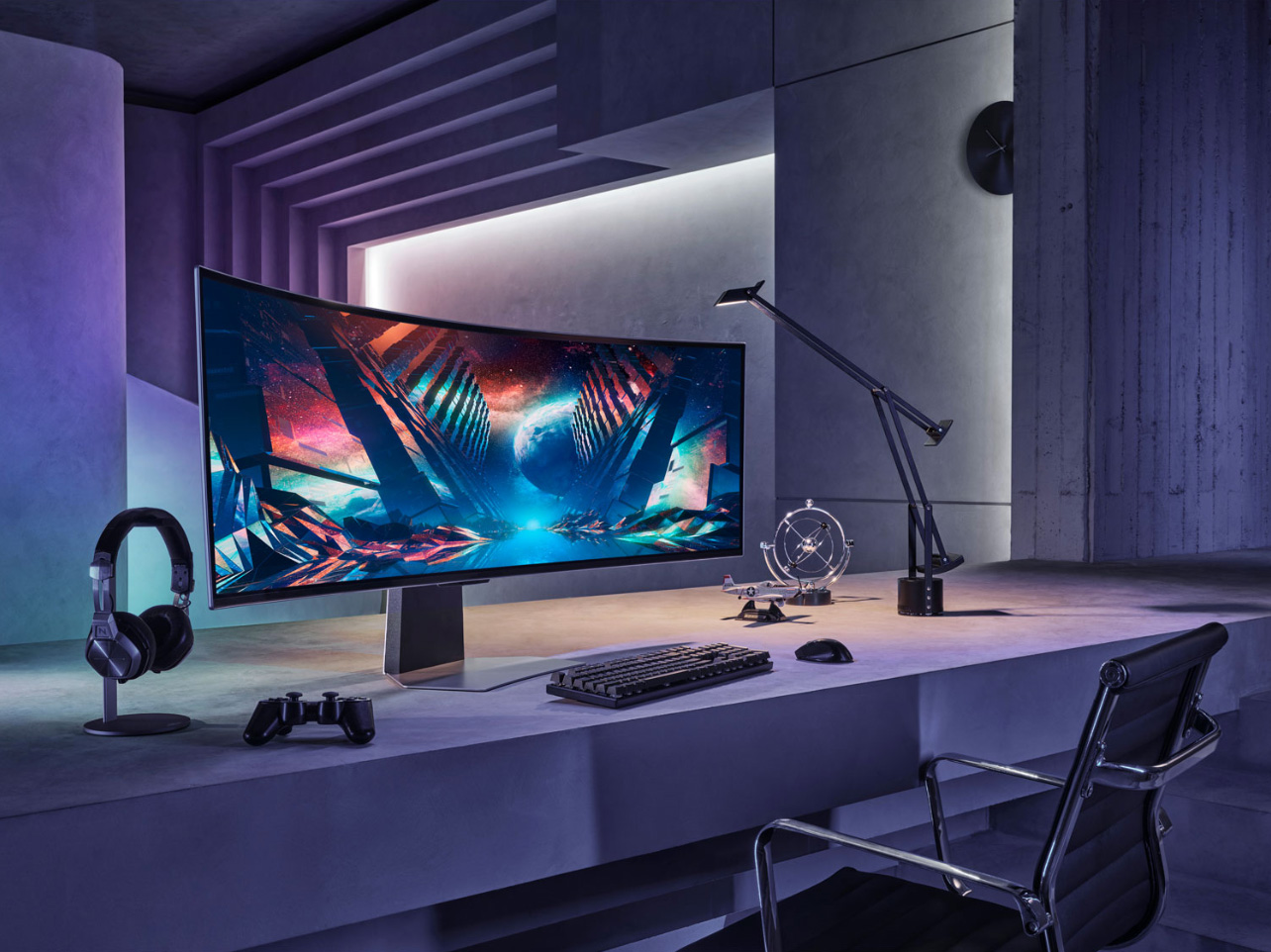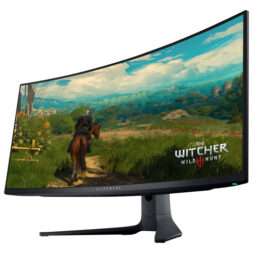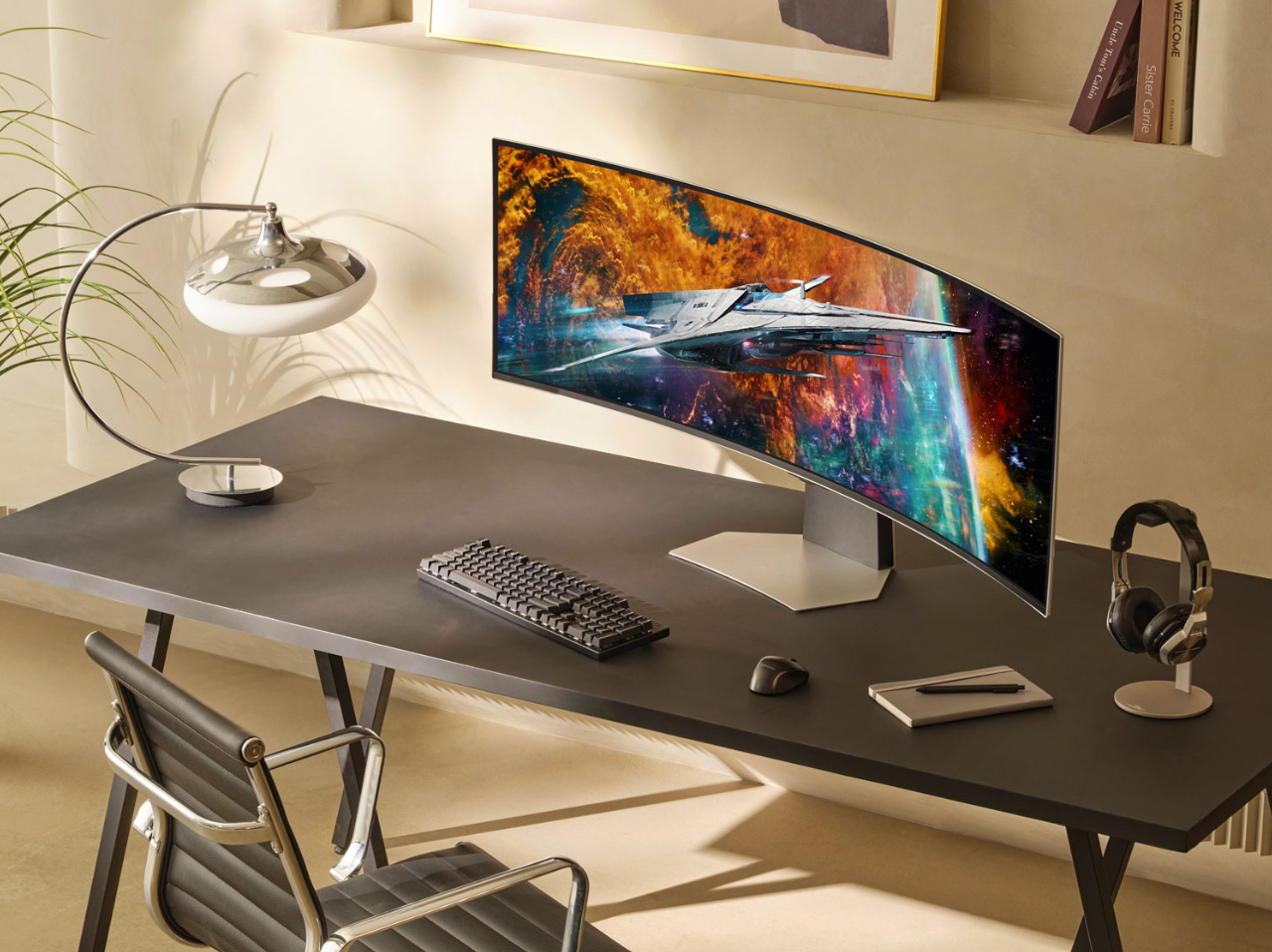
When it comes to choosing a monitor, the panel technology plays a pivotal role in determining the display quality, color accuracy, and viewing angles. There are primarily three types of panel technologies that dominate the market: In-Plane Switching (IPS), Twisted Nematic (TN), and Organic Light Emitting Diode (OLED). Each of these technologies has its unique characteristics and applications, influencing your viewing experience in different ways.
Why are IPS Panels so popular

In-Plane Switching (IPS) panels have carved out a significant niche in the monitor market, particularly among professionals and creatives who prioritize colour accuracy and consistency in their work. Renowned for their superior colour reproduction and wide viewing angles, IPS monitors have become synonymous with high-quality visuals and reliable performance.
Advantages of TN panels
- Fast Response Times: TN panels boast the fastest response times, making them a favorite among gamers.
- Affordability: They are generally more affordable than IPS and OLED panels, offering good value for money.
- Lower Power Consumption: TN panels tend to consume less power compared to IPS panels.
Why OLED might be the future of displays

OLED technology is gradually becoming a prominent player in the monitor market, thanks to its ability to deliver stunning visuals, deep blacks, and vibrant colours. Unlike IPS and TN panels, OLED displays have individual light-emitting cells, allowing them to produce true black by completely turning off pixels. This technology also enables incredibly thin and lightweight displays, which could revolutionize the design of future monitors and TVs.
Key Features of OLED displays:
- Exceptional Contrast Ratios: OLEDs offer unparalleled contrast ratios, delivering deep blacks and vibrant colours.
- Flexibility: The technology allows for flexible and bendable displays, paving the way for innovative design possibilities.
- Energy Efficiency: OLEDs can be more energy-efficient as they do not require a backlight.
Additional considerations before buying
Choosing the right monitor panel type is crucial, but there are additional factors to consider before making a purchase:
- Resolution: Higher resolution monitors provide clearer and sharper images.
- Refresh Rate: A higher refresh rate ensures smoother motion on the screen, crucial for gaming and video editing.
- Connectivity: Ensure the monitor has the necessary ports for your usage, such as HDMI, DisplayPort, and USB-C.
- Ergonomics: Consider the adjustability and mounting options for optimal comfort and viewing experience.
- Purpose: Identify the primary purpose of the monitor (gaming, professional work, general use) to determine which features are most important.

Whether you prioritize colour accuracy, response time, or future-proof technology will guide your decision in choosing between IPS, TN, and OLED monitors. By understanding the strengths and limitations of each technology and considering additional factors like resolution and connectivity, you can select a monitor that perfectly suits your needs and enhances your viewing experience.
This article was drafted using AI technology and then reviewed, fact-checked, and revised by a member of our editorial team.








































